Free First Aid Training Manual – although this may be true, In order to become a qualified emergency first-aider, learners will additionally have to have successfully passed the one-day formal training course that is accredited through an Awarding Organisation (AO).
The emergency first aid qualification is primarily assessed by practical ongoing assessment. Certification is valid for three years and to re-qualify, candidates must complete the full one-day course again.
Learners need to know that they will not be leaving the course as a trained paramedic, doctor or nurse. As a matter of fact to learn how to administer effective first aid to a casualty in order to save a life prior to the arrival of qualified medical assistance.
Free First Aid Training. Please click here or the image to download your free first aid manual 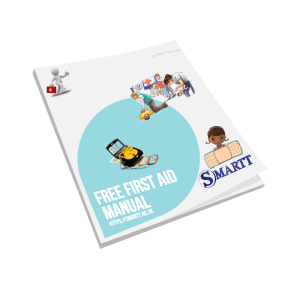
What is the definition of First Aid?
In simple terms, the definition of whats first aid is:
‘The direct attention to a person who is injured, or someone has taken ill prior to the arrival of the emergency services.’
What is the aim of First Aid?
The aim of first aid is:
Save life – Administer immediate effective first aid to a casualty in order to save life.
What is the responsibility of a First Aider?
As first aiders in a workplace, we need to have responsibilities. This will be dependent on specific workplace requirements and can include;
- Make sure the first-aid equipment is fit for purpose and compliant
- Ensuring the area of the accident is safe to proceed
- Contacting the Emergency Services on 999/112
- Prioritising any treatment of casualties
- Clean up after an incident of any bodily fluids or blood
- Reporting and recording of any Incident or near miss
Free First Aid Training Manual – Minimising Infection
The first thing to remember, It’s essential for the first aider not spread any infections to the casualty or likewise develop any infections from your casualty. To help you minimise the risk of infection and stop the spread of cross-contamination the first aider can carry out certain precautions which can include:
- good personal hygiene
- make use of barrier devices in the first aid equipment
- covering any open cuts or sores
- minimising contact with blood or bodily fluids
- changing gloves between casualties
- washing hands thoroughly after removing gloves.
For further information or to book a place on one of our first aid courses please contact us here

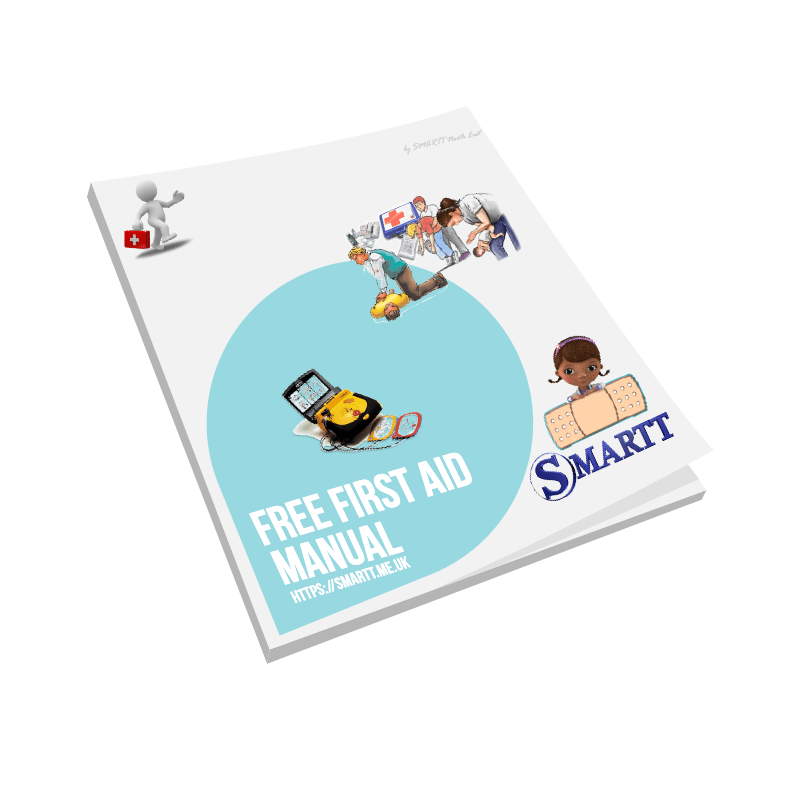
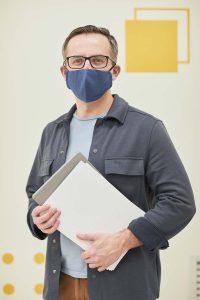
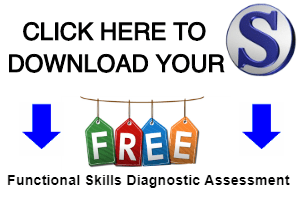

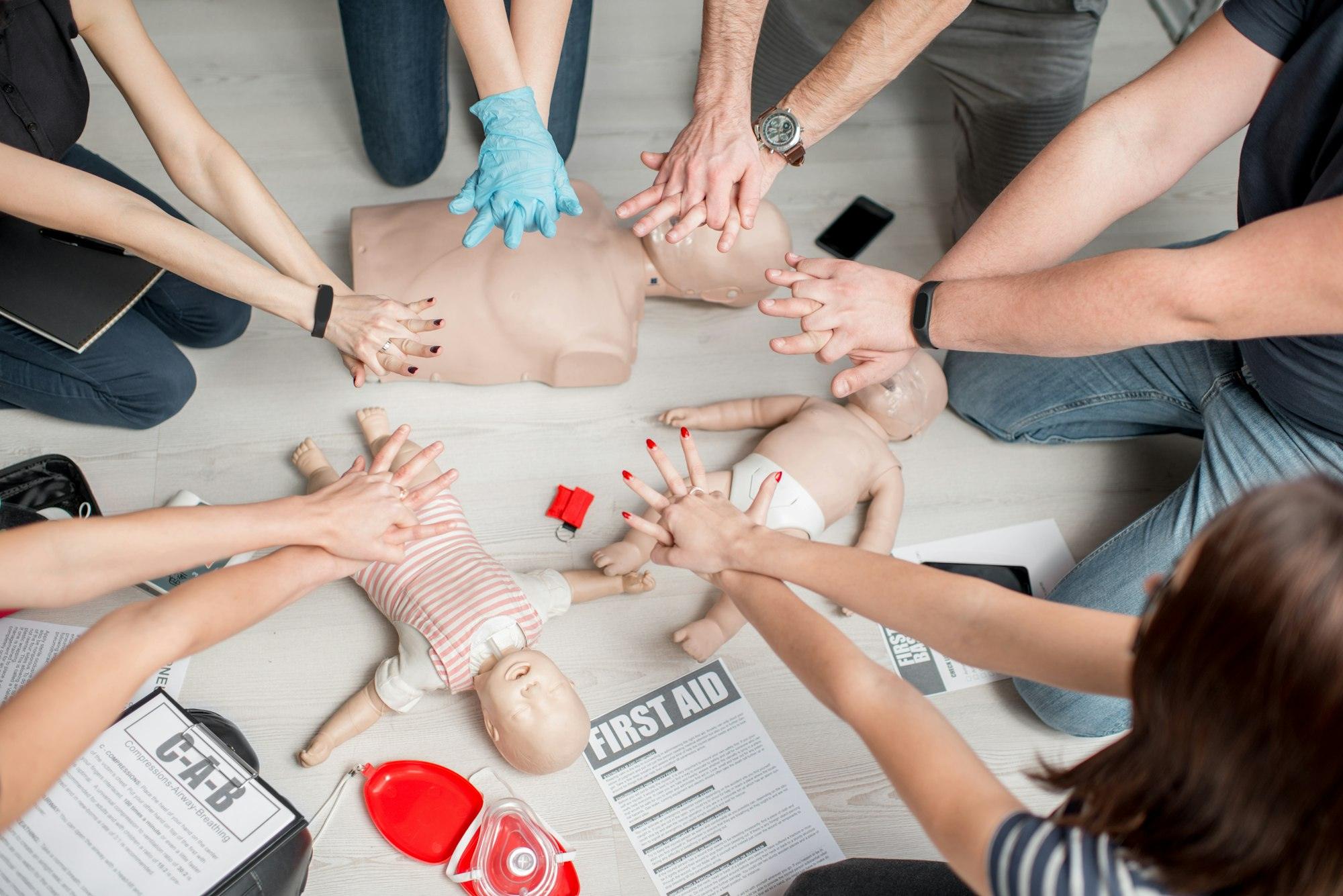
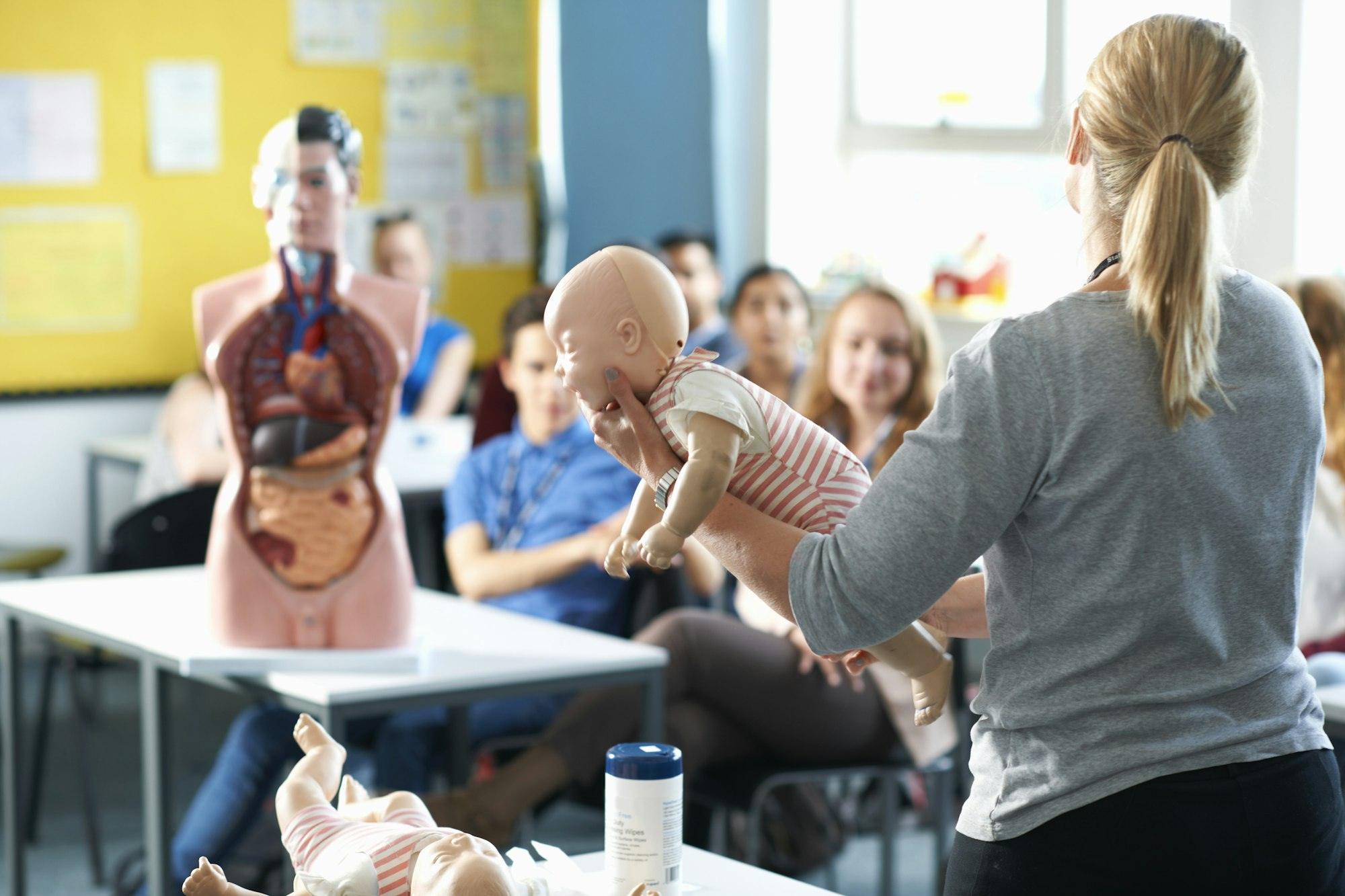
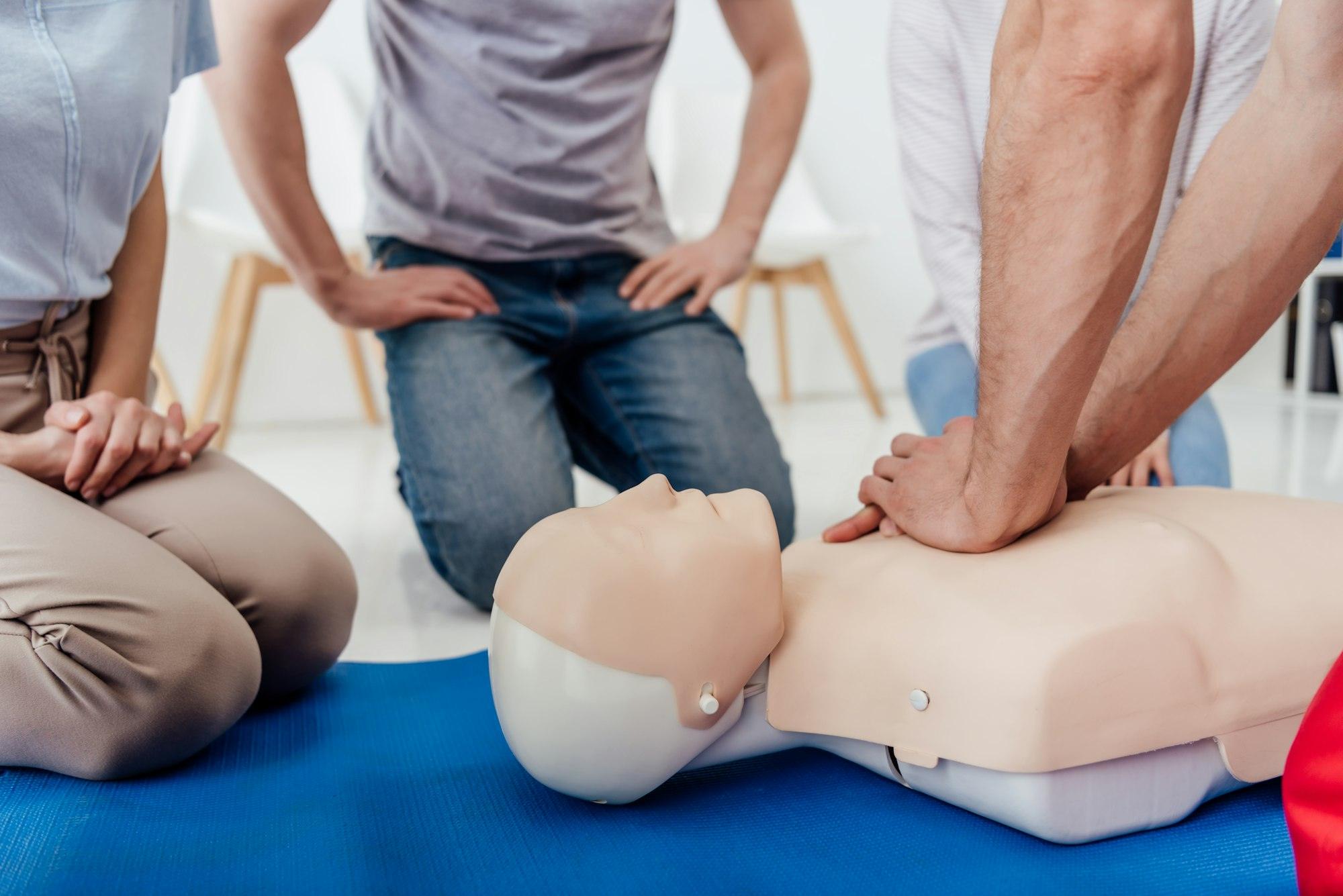


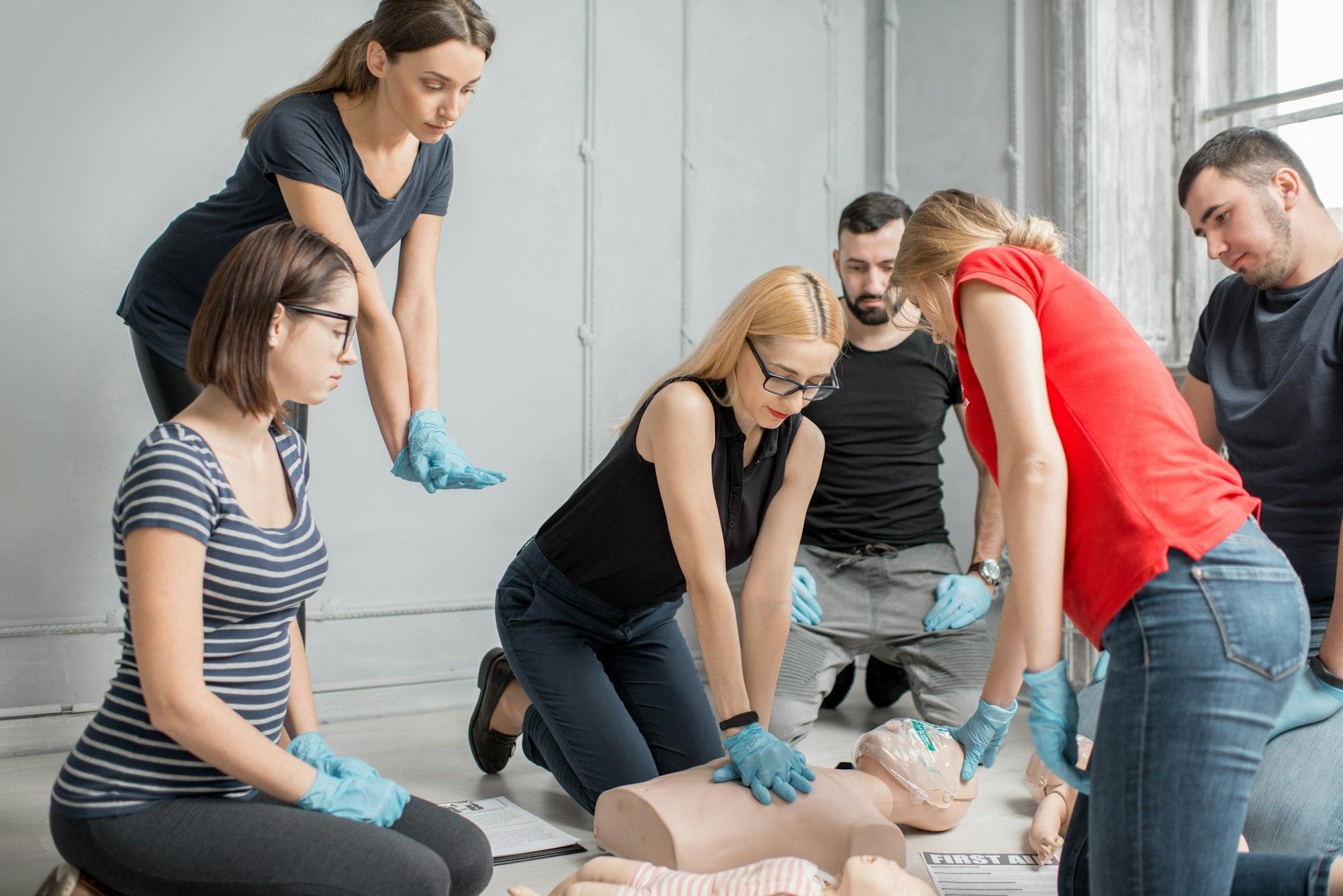
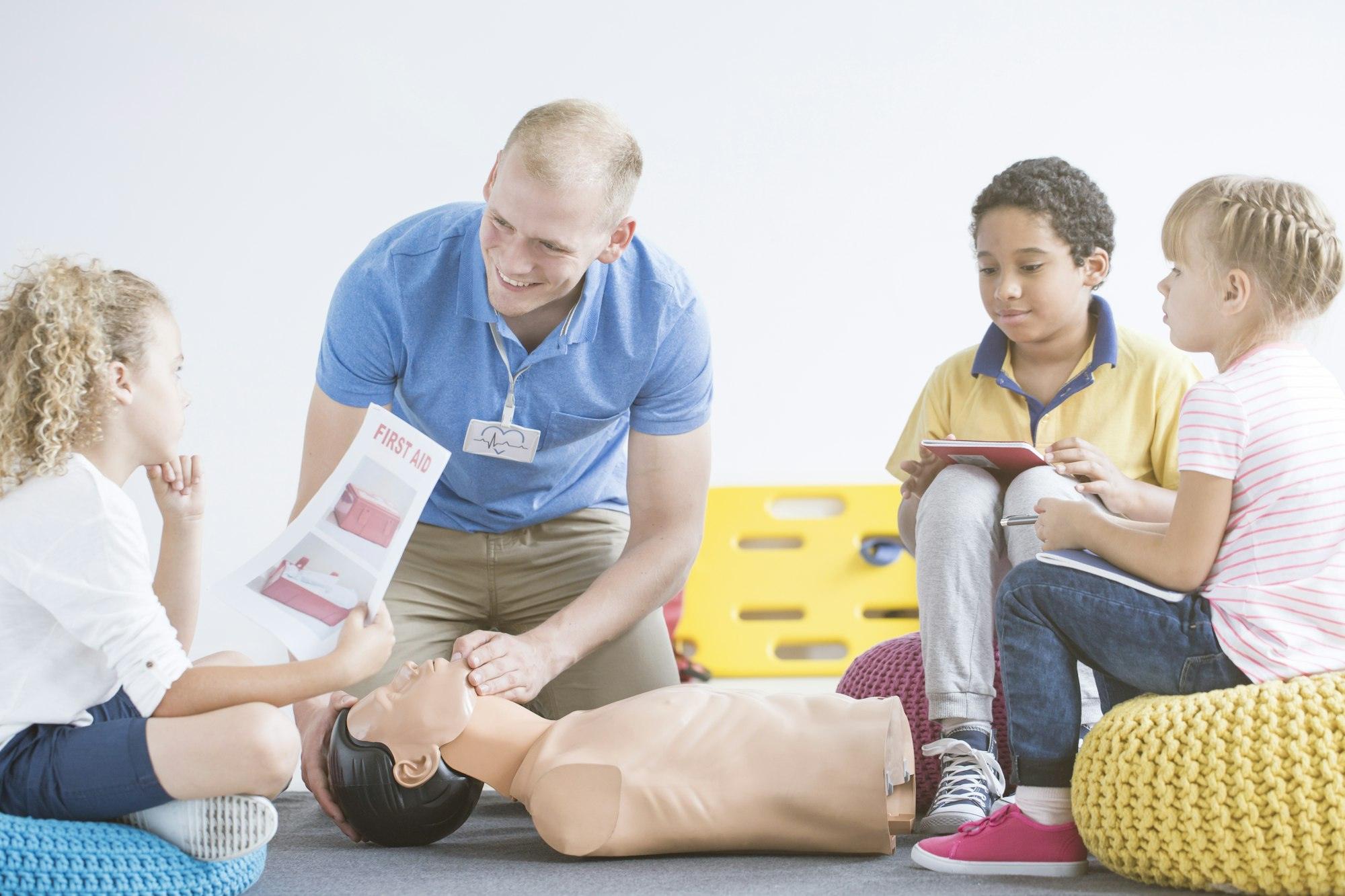
0 responses
Nice one and thanks for the free guide
Your welcome